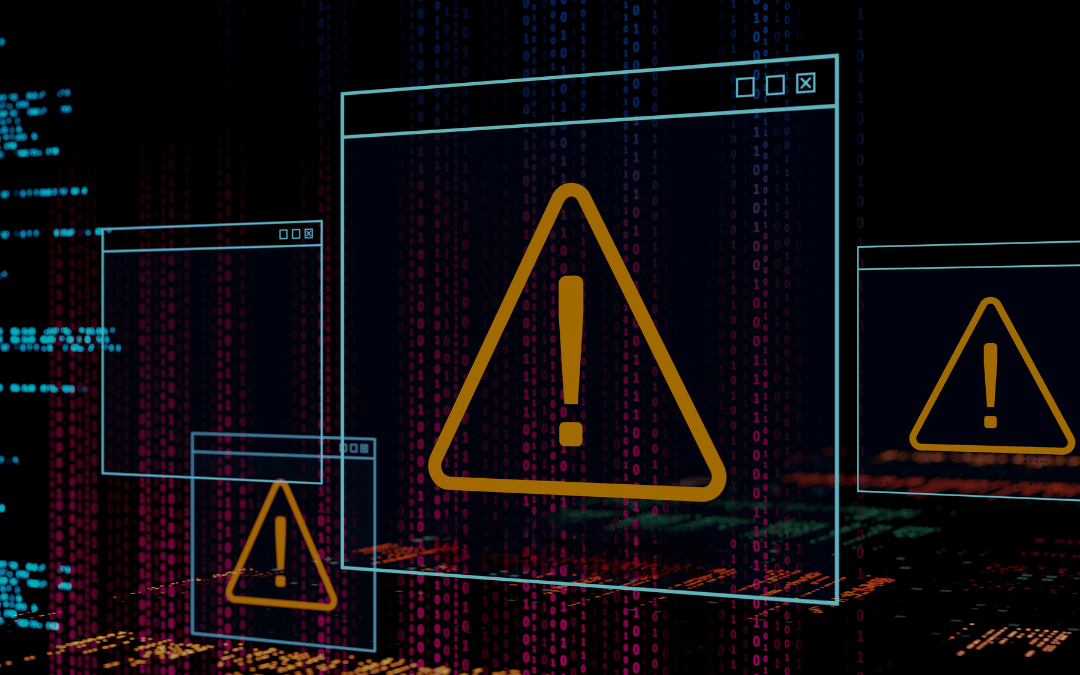On July 8, 2025, Marks & Spencer (M&S) confirmed a ransomware attack orchestrated by the DragonForce gang, initiated through a sophisticated social engineering impersonation attack in April 2025. M&S Chairman Archie Norman revealed to the UK Parliament’s Business and Trade Sub-Committee that the ransomware attack exploited human vulnerabilities, allowing attackers to access and encrypt critical systems via a third-party platform, Tata Consultancy Services (TCS). The ransomware attack disrupted M&S’s retail operations, stole sensitive customer and employee data, and led to substantial ransom demands. As of now, M&S systems remain partially offline, with recovery efforts ongoing, highlighting the severe operational and financial impact of such attacks.
This incident underscores the growing threat of supply chain attacks, where cybercriminals exploit vulnerabilities in third-party vendors to infiltrate larger networks. The DragonForce gang’s tactics, which involved impersonating trusted entities to deceive employees into granting system access, reveal a critical weakness: the human factor. Even with advanced technical defenses, a single employee’s lapse in judgment can lead to catastrophic breaches like this ransomware attack. The reliance on social engineering emphasizes the urgent need for organizations to prioritize cybersecurity awareness training to equip employees with the skills to recognize and respond to such threats.
The M&S ransomware attack is part of a broader trend. Supply chain attacks have surged in recent years, with cybercriminals exploiting interconnected business ecosystems to maximize disruption. For example, the 2024 Ingram Micro breach demonstrated how a single vulnerability in a third-party provider can cascade across global supply chains, impacting countless businesses. Similarly, the 2021 SolarWinds attack exposed how attackers can leverage trusted software updates to infiltrate multiple organizations simultaneously. These incidents highlight that no company, regardless of size or industry, is immune to the risks posed by ransomware attacks targeting supply chains.
Strengthening Defenses Against Ransomware Attacks
To mitigate the risks of ransomware attacks, businesses must invest in comprehensive cybersecurity awareness training for employees at all levels. Effective training programs should teach employees to identify phishing emails, verify suspicious communications, and adhere to secure authentication protocols. Regular simulated phishing exercises can help reinforce these skills, while clear reporting channels empower employees to act as the first line of defense. For instance, training employees to recognize red flags, such as unexpected requests for credentials or urgent demands from unfamiliar sources, can prevent attackers from gaining a foothold.
In addition to training, organizations should adopt phishing-resistant multi-factor authentication (MFA) to secure access points. MFA solutions that rely on biometrics or hardware tokens are particularly effective against social engineering tactics used in ransomware attacks. Furthermore, businesses must conduct thorough audits of third-party vendors to ensure compliance with stringent cybersecurity standards. This includes verifying that vendors maintain robust encryption, regular software updates, and incident response protocols to minimize supply chain vulnerabilities.
A proactive cybersecurity strategy goes beyond training and authentication. Deploying advanced threat detection systems, such as AI-driven anomaly detection, enables organizations to identify and neutralize threats in real time. Regular penetration testing and vulnerability assessments can uncover weak points in systems before attackers exploit them. Additionally, businesses should develop and test incident response plans to ensure rapid recovery from a ransomware attack. These plans should outline clear steps for isolating affected systems, notifying stakeholders, and restoring operations with minimal downtime.
The financial and reputational costs of ransomware attacks are staggering. For M&S, the recent attack has disrupted retail operations, delayed supply chain processes, and potentially eroded customer trust. Industry reports estimate that the average cost of a ransomware attack, including ransom payments, recovery efforts, and lost revenue, can exceed millions of dollars. Beyond financial losses, the reputational damage from data breaches can deter customers and partners, leading to long-term business impacts. As cybercriminals continue to refine their tactics, organizations must foster a culture of cybersecurity awareness to stay resilient.
Moreover, regulatory pressures are increasing. Governments worldwide are introducing stricter data protection laws, such as the UK’s Data Protection Act and the EU’s GDPR, which impose hefty fines for breaches involving customer data. The M&S ransomware attack serves as a reminder that compliance with these regulations is not just a legal obligation but also a critical component of maintaining customer trust. Businesses must integrate compliance into their cybersecurity strategies to avoid penalties and reputational harm.
Take Action to Prevent Ransomware Attacks
The recent ransomware attacks on Marks & Spencer and Ingram Micro expose the devastating impact of supply chain vulnerabilities and social engineering tactics. Don’t let your business fall victim to these growing threats. Our comprehensive cybersecurity solutions, including advanced threat detection, phishing-resistant authentication, and tailored employee awareness training, empower your organization to stay ahead of cybercriminals. Protect your operations, secure your supply chain, and build resilience against sophisticated ransomware attacks. Click here to learn more about our cybersecurity solutions and start safeguarding your business today.

